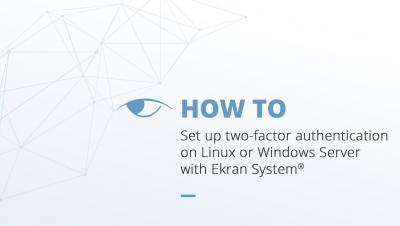Financial Services Impostor Email Attacks Increased More than 60% Year-Over-Year
Impostor email attacks are a growing trend and problem. Attackers will target your employees, customers, and business partners with these advanced attacks. It is now widely known that Cybercriminals aim to exploit users within organizations rather than the technology. Their sole purpose, to steal money and information which could prove financially valuable.







